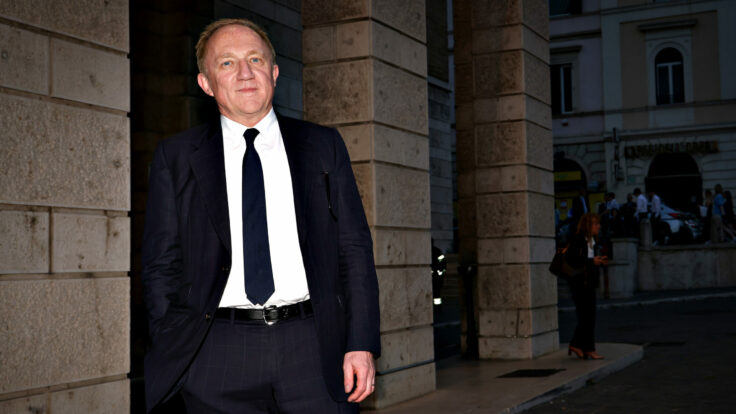This is what I’m hearing: A while back, LVMH looked at buying 660 Madison Avenue, the site of the old Barneys New York flagship for a quarter-century, before the company liquidated in 2019. More recently, the luxury group considered whether the 275,000-square-foot building could become the first Manhattan location of its Cheval Blanc hotel chain. (LVMH backed away because, alas, there would not be enough plum rooms with a Central Park view.) And then last week, the word on the street was that Chanel had made a $1 billion verbal offer on the whole thing, subject to other properties changing hands, like a set of Upper East Side dominoes. (A representative for Chanel explained that the company is aware of the vacant property, and that they have indeed looked at it, but that no offer has been made. )
For some, the Barneys building—owned by a consortium of investors, including Ben Ashkenazy and the Brazilian Safra family, who own the air rights—will always be the Barneys building. And it’s also become a microcosm of the macro convulsions in luxury—consolidation, tremendous profit generation, preparation for an inevitable decline. In the five years since the store closed, the rules of selling fashion have changed so dramatically that it’s impossible for another department store to replace it. Instead, there has been speculation that a megastore from one of the megabrands might end up there, even if there are few companies that could afford it.

















